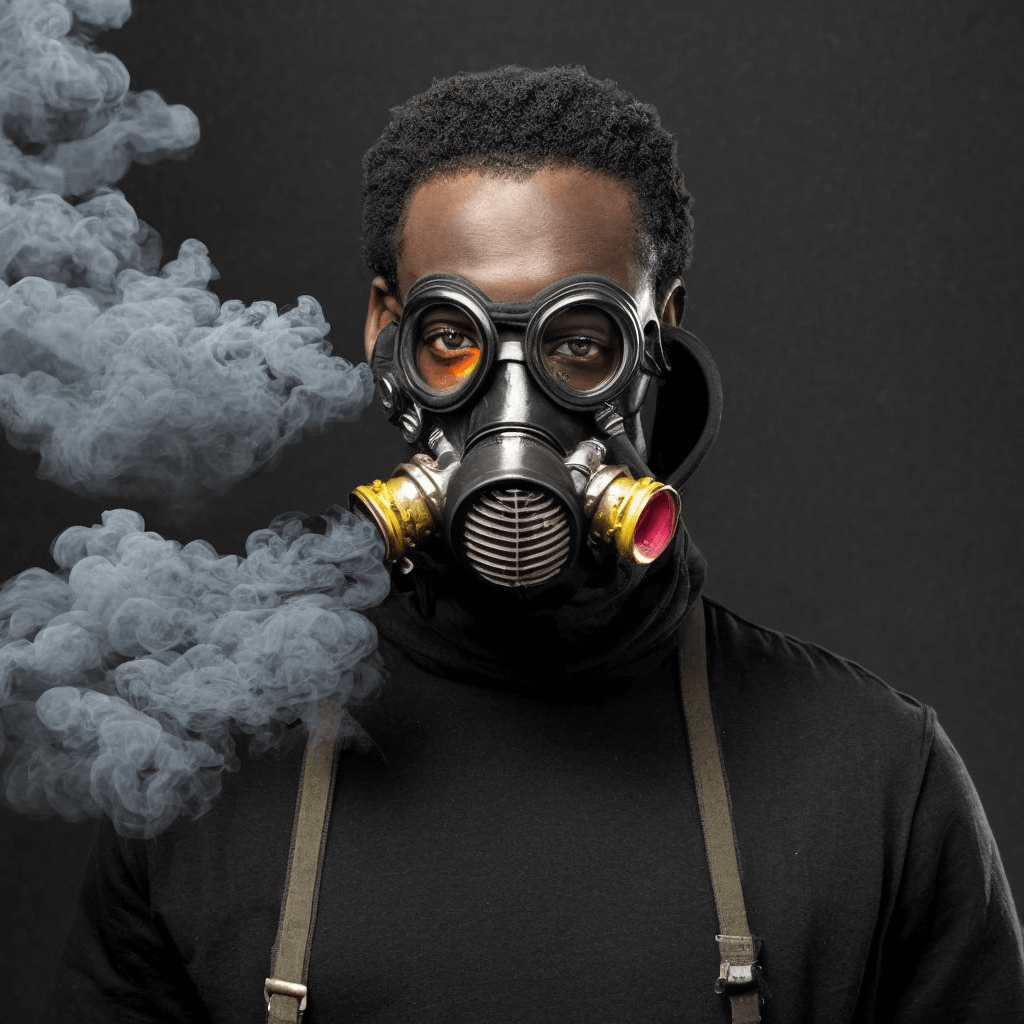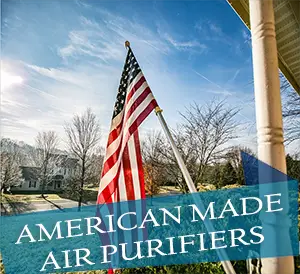 Air Quality in Chicago – a phrase that might not resonate as much as deep-dish pizza or jazz clubs when you think of the Windy City. However, if you’re among the individuals concerned who value the importance of clean, breathable air, this guide is an invaluable resource. As an air purifier expert, I delve deep into the ever-changing and often invisible world of air quality, its implications, and how we can navigate through its turbulent waves in our everyday lives.
Air Quality in Chicago – a phrase that might not resonate as much as deep-dish pizza or jazz clubs when you think of the Windy City. However, if you’re among the individuals concerned who value the importance of clean, breathable air, this guide is an invaluable resource. As an air purifier expert, I delve deep into the ever-changing and often invisible world of air quality, its implications, and how we can navigate through its turbulent waves in our everyday lives.
Air Quality in Chicago: An Overview
Despite its pulsating vitality, cultural richness, and architectural prowess, Chicago battles an unseen enemy – fluctuating air quality. This silent adversary doesn’t only reside in factory smokestacks or car exhausts but also invisibly invades our homes. This article aims to unmask this silent intruder, providing you with tools and insights to combat poor air quality.
To lend a perspective, let’s examine the shifting sands of Chicago’s air quality over the past few years.
| Year | PM2.5 | PM10 | NO2 | SO2 | O3 |
|---|---|---|---|---|---|
| 2021 | 12.2 | 25.3 | 20 | 3.4 | 30 |
| 2022 | 11.7 | 24.9 | 18 | 3.2 | 28 |
| 2023 | 11.4 | 24.5 | 17 | 3.1 | 27 |
These numbers, represented in micrograms per cubic meter, serve as a quick snapshot of the concentration of specific pollutants. While we see a downward trend, it doesn’t signify the end of our concerns but rather validates the need for continued vigilance.
Understanding the Challenges
Decoding Chicago’s air quality involves an intricate dance with variables like urbanization, industrial growth, vehicular pollution, and geographical factors. The city’s unique setting, sandwiched between industrial heartlands and vast water bodies, makes it susceptible to an array of pollutants:
- Particulate Matter (PM2.5 and PM10): Tiny, inhalable particles that can cause lung diseases and other respiratory conditions.
- Nitrogen Dioxide (NO2): A harmful gas that can inflame the lining of the lungs and reduce immunity to lung infections.
- Sulfur Dioxide (SO2): Short-term exposure to this gas can harm the respiratory system and make breathing difficult.
- Ozone (O3): Ground-level ozone can trigger various health problems, primarily related to lung functionality.
Solutions to Improve Air Quality
Solving the jigsaw puzzle of air quality in Chicago necessitates a multifaceted strategy. It involves the interplay of regulations, technological innovations, and societal change. Here are some key solutions:
- Strict Regulations: Reinforcing and imposing stringent environmental regulations can reduce emissions from factories and power plants.
- Alternative Transportation: Prioritizing public transit and low-emission vehicles can minimize vehicular pollution, one of the city’s significant pollutants.
- Green Spaces: Preserving and expanding urban green spaces can help naturally filter the city’s air.
- Clean Energy Adoption: Harnessing renewable energy sources like solar and wind can drastically cut down on pollution.
Role of Air Purifiers
While we battle the giant of outdoor pollution, let’s not forget the dragon lurking inside our homes – indoor air pollution. In a city where outdoor air quality is a concern, like Chicago, maintaining indoor air quality becomes paramount. This is where air purifiers step into the picture, capable of trapping a high percentage of airborne contaminants and providing you with cleaner, healthier air.
Our loyal readers may recall our previous guide, Best Air Purifier for Asbestos, where we delved into the importance of filtering out harmful asbestos fibers. Applying similar principles can help you combat the specific pollutants found in Chicago’s air.
FAQ: Common Questions on Air Quality and Protection Measures
As we delve deeper into the subject, it’s crucial to address common concerns and questions around air quality:
1. What to do when air quality is bad? During periods of poor air quality, minimize outdoor activities, especially strenuous ones. Keep windows and doors closed, use air purifiers, and wear masks when necessary. Stay hydrated and take dietary measures to boost your immunity.
2. How harmful is wildfire smoke? Wildfire smoke carries a mix of gases and microscopic particles that can cause health problems. It can lead to burning eyes, bronchitis, and other severe conditions like heart attacks and exacerbate chronic heart and lung diseases.
3. Will Chicago be affected by Canada fires? Smoke from wildfires, like those in Canada, can indeed impact Chicago’s air quality, depending on the wind direction. It’s advisable to stay updated with local news and air quality reports during such instances.
4. Does running AC help with air quality? Yes, air conditioning can help with indoor air quality by filtering out some pollutants and circulating air. However, regular maintenance and clean filters are crucial to ensure effectiveness.
Conclusion
Our journey through the maze of “Air Quality in Chicago” leads us to one conclusion: the first step towards combating air pollution is understanding the issue. And while we cannot immediately control outdoor pollution, we can take immediate steps to purify our indoor air. After all, every breath counts. So, let’s pledge to breathe a difference into our city’s air. Let’s make Chicago known for its clean air as much as for its world-renowned pizzas and skyline.



